Disclosure: This article contains affiliate links. We may earn a commission from purchases at no extra cost to you, which helps our travel content.
Having traversed coastlines across five continents, I find myself continually drawn to the maritime corridors that connect communities and cultures. While my professional endeavors in maritime law have taken me to ports worldwide, there's something uniquely compelling about the eastern seaboard of the United States—a stretch I recently explored when attending a legal conference in Charlotte before needing to meet colleagues in Virginia Beach. Rather than opting for the expedient flight, I chose the scenic route, transforming a simple journey into a week-long exploration. This coastal corridor offers a remarkable tapestry of historical significance, natural splendor, and cultural richness that rewards the deliberate traveler. For families seeking a substantive summer adventure that balances educational opportunities with genuine enjoyment, this Charlotte to Virginia Beach itinerary provides a thoughtfully paced journey through America's eastern heritage landscapes.
Day 1-2: Charlotte and the Journey to Raleigh
Begin your expedition in Charlotte, a city that balances Southern charm with cosmopolitan energy. Before departing, I recommend allocating at least a full day to explore the Queen City's offerings. The NASCAR Hall of Fame provides a surprisingly engaging experience even for non-enthusiasts (I speak as someone whose sporting interests typically center on tennis courts rather than race tracks). The interactive exhibits particularly captivate younger travelers, while adults can appreciate the engineering precision behind these machines.
For families, the Discovery Place Science museum offers hands-on exhibits that genuinely educate rather than merely entertain. During my visit, I observed multi-generational groups equally engaged with the interactive displays—a rare achievement in museum design.
On day two, commence your eastward journey toward Raleigh (approximately 130 miles), but consider a worthwhile detour to Reed Gold Mine in Midland. As the site of America's first documented gold discovery, it provides context to the nation's economic development that most school curricula overlook. The underground mine tour offers welcome respite from summer heat, maintaining a constant cool temperature regardless of exterior conditions.
Upon reaching Raleigh by late afternoon, settle into accommodations near the downtown area for optimal access to dining options. The city's revitalized warehouse district offers numerous family-friendly establishments. During my stay, I found the travel backpack invaluable for day excursions—capacious enough for camera equipment, water bottles, and an extra layer, yet sufficiently compact to navigate crowded museum spaces without becoming cumbersome.
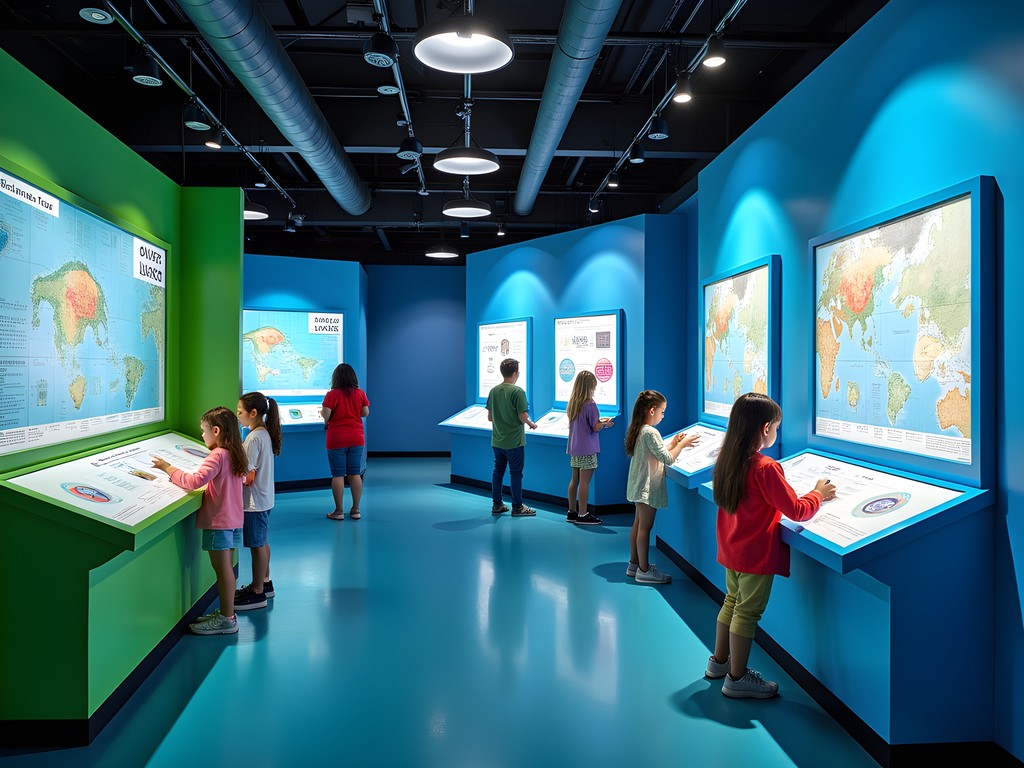
💡 Pro Tips
- Reserve NASCAR Hall of Fame tickets online to avoid queues during summer peak periods
- The Reed Gold Mine tour involves uneven surfaces—wear appropriate footwear
- Raleigh's free-to-use city bus circulator provides excellent access to downtown attractions
Day 3: Raleigh to Williamsburg—A Journey Through Time
Dedicate your morning to Raleigh's exceptional North Carolina Museum of Natural Sciences—the Southeast's largest natural history museum and a testament to thoughtful educational design. The four-story waterfall in the main atrium sets an appropriate tone of natural wonder. The museum's Living Conservatory, housing butterflies and tropical plants, particularly resonated with me as it evoked memories of similar biodiversity displays I'd encountered during legal work in Southeast Asian coastal communities.
After a morning of scientific exploration, embark on the approximately 170-mile drive to Williamsburg, Virginia. This stretch represents the longest single-day drive of the itinerary, so comfort becomes paramount. I've found the travel pillow invaluable for passengers (particularly younger ones) who might nap during longer stretches.
Rather than rushing directly to Williamsburg, consider pausing in Petersburg, roughly at the journey's midpoint. The Petersburg National Battlefield provides an opportunity to stretch legs while absorbing crucial Civil War history. The Eastern Front Visitor Center offers concise yet comprehensive context for understanding this pivotal period in American development.
Arrive in Williamsburg by late afternoon, allowing time to settle into accommodations before a preliminary evening stroll through the historic area. While the costumed interpretations and formal tours cease in early evening, this twilight exploration offers a uniquely atmospheric perspective on the colonial streets. During my visit, I found myself alone on Duke of Gloucester Street as dusk descended, the absence of crowds allowing for a more contemplative engagement with the historical environment—a stark contrast to the daytime experience.
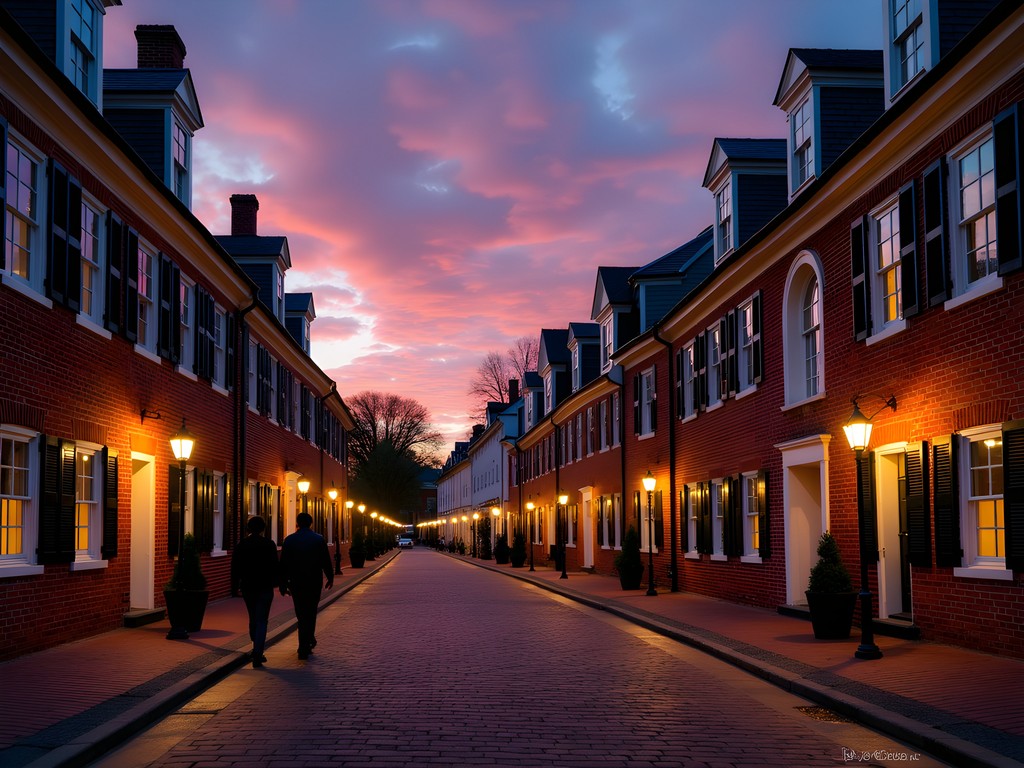
💡 Pro Tips
- The North Carolina Museum of Natural Sciences offers free admission, though special exhibits may require tickets
- Petersburg National Battlefield has excellent picnic facilities—consider bringing lunch to enjoy on the grounds
- Book Williamsburg accommodations well in advance for summer visits, as availability becomes limited
Day 4: Immersion in Colonial Williamsburg
Dedicate a full day to Colonial Williamsburg—America's largest living history museum deserves unhurried exploration. Having visited numerous historical reconstructions globally, I find Williamsburg's commitment to authenticity and educational integrity particularly commendable. The historical interpreters engage in character without resorting to caricature, a nuance that elevates the experience beyond mere entertainment.
Begin at the Visitor Center to orient yourself and collect the day's schedule of demonstrations and events. The morning hours typically feature artisan demonstrations—blacksmithing, wigmaking, and printing among them—that illuminate the technical sophistication of colonial craftsmanship. These presentations hold particular resonance for me, as they echo traditional textile and craft practices I've documented throughout Asia and the Pacific.
The Capitol and Governor's Palace tours provide essential historical context, though they require timed tickets that should be secured upon arrival. Between these structured experiences, allow time for spontaneous encounters with street interpreters who often provide the most memorable insights into colonial life.
Williamsburg in summer demands appropriate preparation. A portable water bottle proves invaluable when navigating the historic area, where refreshment options exist but often involve queues during peak periods. The self-cleaning functionality addresses concerns about refilling from public sources—a consideration for families with health-conscious members.
Conclude your day with dinner at one of the historic taverns. While admittedly oriented toward tourists, they nonetheless provide an atmospheric dining experience with period-appropriate menus. Chowning's Tavern offers the most family-friendly environment, with servers who maintain historical personas without becoming intrusive to the dining experience. Reservations are essential, particularly during summer months.
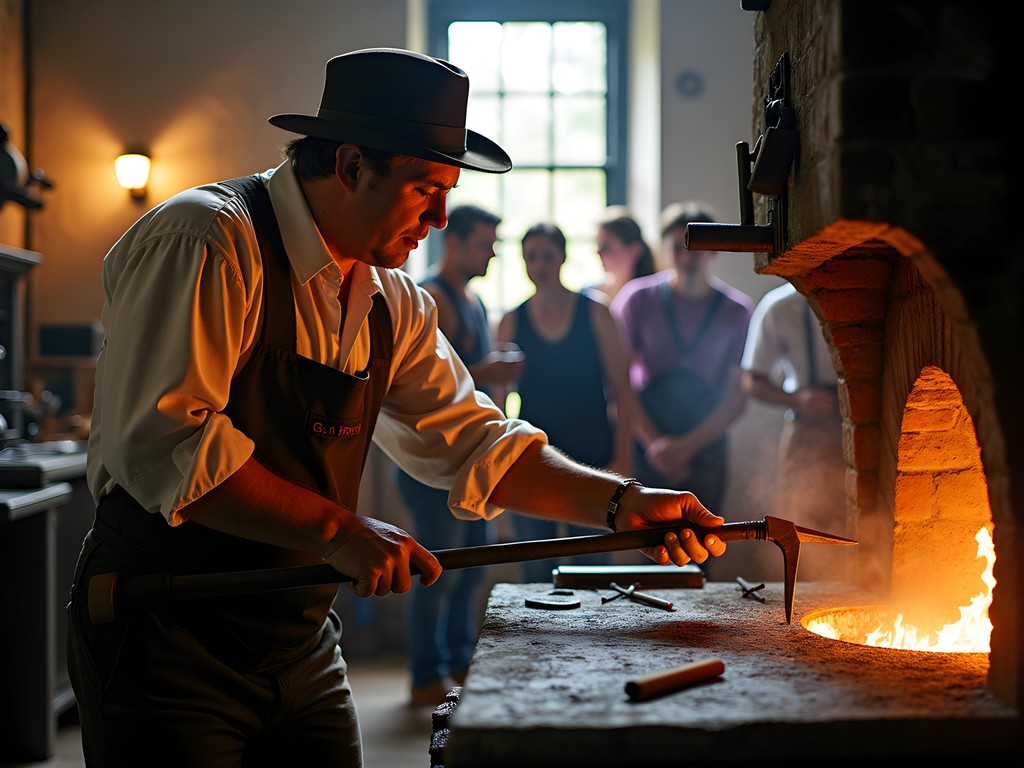
💡 Pro Tips
- Arrive at the Visitor Center when it opens (typically 9:00 AM) to secure timed tickets for popular buildings
- The trade shops often have limited capacity—if a particular craft interests you, check demonstration times and arrive early
- Consider the multi-day pass if your schedule permits, as a single day rarely allows comprehensive exploration
Day 5: Jamestown and Yorktown—Completing the Historic Triangle
The Historic Triangle deserves thorough exploration, with Jamestown and Yorktown complementing the Williamsburg experience to provide a comprehensive understanding of America's formative period. Begin at Jamestown, where two distinct sites offer different interpretative approaches to America's first permanent English settlement.
Historic Jamestowne (operated by the National Park Service) encompasses the original settlement site and ongoing archaeological excavations. The Archaearium museum displays artifacts recovered from these digs, offering tangible connections to the settlement's earliest days. As someone who has observed archaeological work in maritime contexts across the Pacific, I found the preservation and presentation methods here particularly sophisticated.
Nearby, Jamestown Settlement provides living history interpretations, including reconstructions of the three ships that brought the original colonists and a Powhatan village that acknowledges the indigenous perspective often absent from colonial narratives. The comparative ship construction techniques proved fascinating to me, given my professional background in maritime matters.
Proceed to Yorktown in the afternoon (approximately 30 minutes from Jamestown), where the American Revolution reached its decisive conclusion. The Yorktown Victory Center contextualizes the military campaign, while the Colonial National Historical Park preserves the actual battlefield. The ranger-led tours of the latter provide tactical insights that static displays cannot convey.
For capturing these historical landscapes, I rely on my compact camera, which offers professional-quality images without the bulk of larger systems—an important consideration when navigating multiple historical sites in summer heat. The zoom capability proves particularly valuable for capturing architectural details and distant landscape elements that contribute to understanding these historical environments.
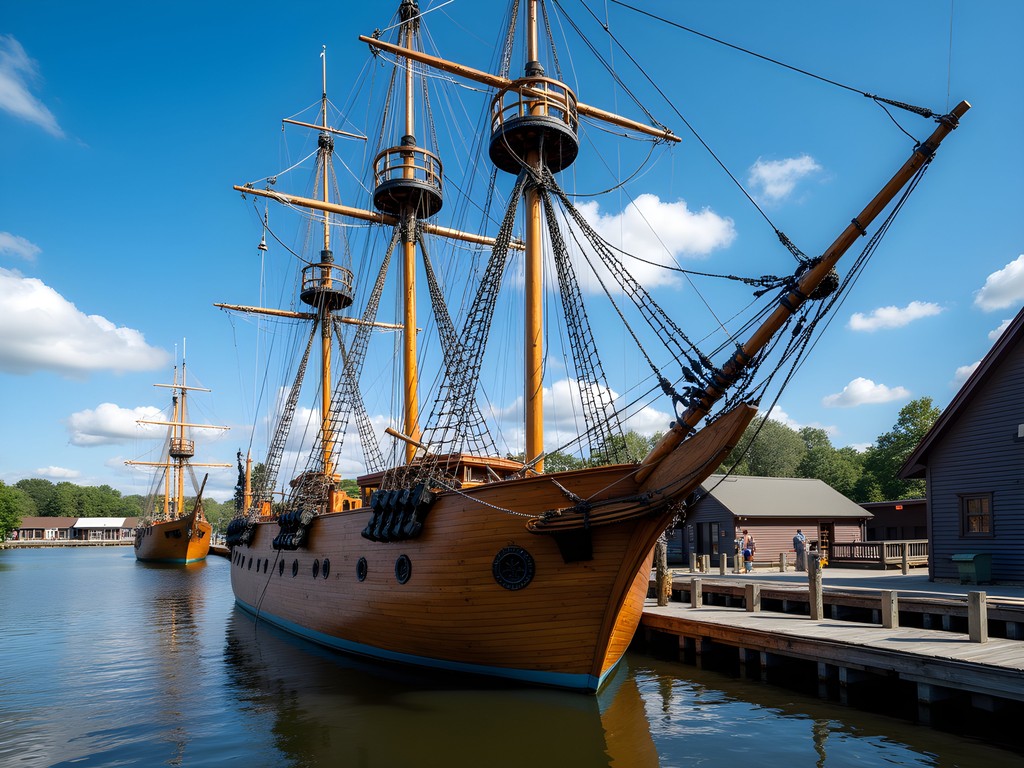
💡 Pro Tips
- Purchase the combination ticket that includes Williamsburg, Jamestown Settlement, and the American Revolution Museum at Yorktown for significant savings
- Historic Jamestowne and Jamestown Settlement are separate entities requiring different admissions—budget time for both
- The Yorktown Battlefield driving tour offers an excellent overview for families with limited energy for walking in summer heat
Day 6: Norfolk's Maritime Heritage
Depart Williamsburg for Norfolk (approximately 60 miles), a city whose maritime heritage resonates deeply with my professional background. Begin at Nauticus, a maritime-themed science center housing the Battleship Wisconsin—one of the largest battleships constructed by the U.S. Navy. The self-guided tour of this decommissioned vessel offers remarkable insights into naval engineering and shipboard life across multiple decades of service.
The adjacent Hampton Roads Naval Museum provides historical context for understanding the region's strategic maritime significance—from the Revolutionary War through contemporary naval operations. As someone who has spent decades navigating maritime legal frameworks, I found the museum's treatment of naval law evolution particularly nuanced.
After lunch in the revitalized downtown waterfront area, consider the Naval Station Norfolk Tour—the world's largest naval station. These guided bus tours depart from the naval base's visitor center and provide glimpses of aircraft carriers and other vessels when in port. Security protocols change frequently, so confirm tour availability in advance.
For families with younger members, the Virginia Zoo offers an excellent alternative or additional afternoon activity. The Asia Trail and African exhibits are particularly well-designed, with thoughtful sight lines and educational components that avoid didacticism.
Accommodations in Norfolk's downtown area place you within walking distance of numerous dining options along Granby Street. The city's revitalization efforts have created a vibrant urban environment that balances historical awareness with contemporary energy—a combination I've observed in successful port cities worldwide, from Busan to Barcelona.
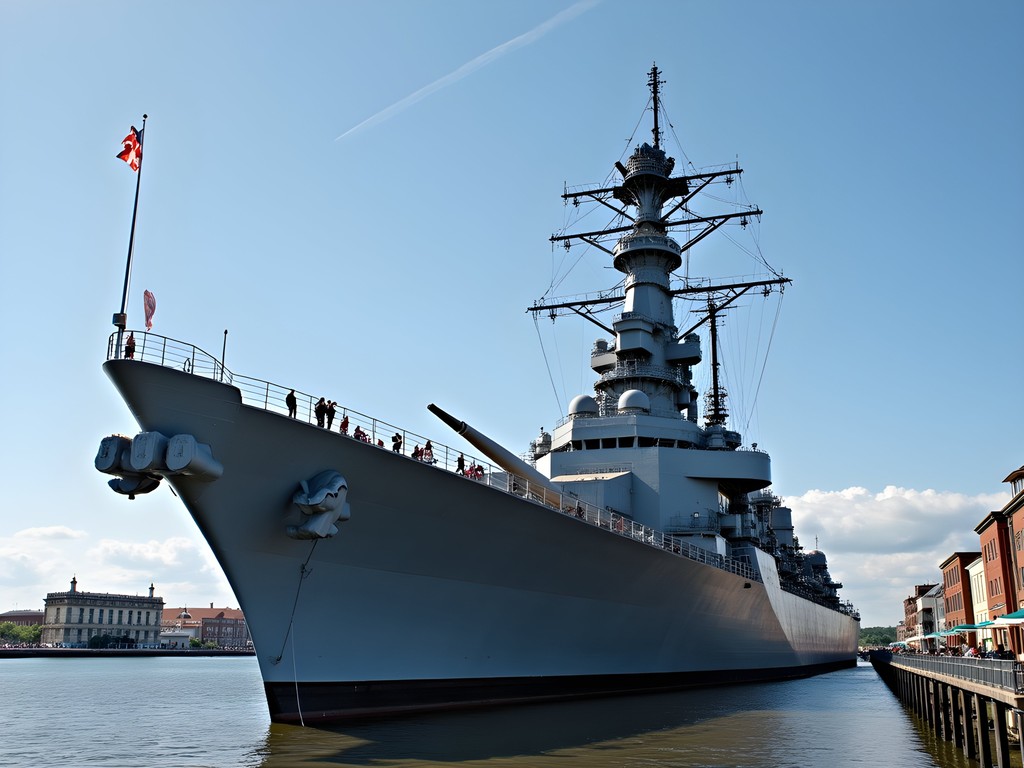
💡 Pro Tips
- The Battleship Wisconsin tour involves numerous stairs and narrow passages—wear appropriate footwear and consider mobility limitations
- Naval Station Norfolk tours require government-issued photo identification for all visitors, including children
- Norfolk's Tide light rail system provides convenient transportation between major attractions, eliminating parking concerns
Day 7: Virginia Beach—Atlantic Conclusion
Complete your journey with a final 20-mile drive to Virginia Beach, where the Atlantic Ocean provides a fitting conclusion to this coastal-themed expedition. While Virginia Beach certainly embraces its role as a resort destination, discerning travelers can find experiences beyond the expected boardwalk attractions.
Begin at First Landing State Park, where English colonists initially came ashore in 1607 before establishing Jamestown. The park's diverse ecosystems include cypress swamps, maritime forest, and pristine beaches—all accessible via well-maintained trails. The Bald Cypress Trail particularly impressed me, with its boardwalk sections traversing wetland environments reminiscent of coastal ecosystems I've encountered throughout Southeast Asia.
For marine enthusiasts, the Virginia Aquarium & Marine Science Center merits several hours. The thoughtfully designed exhibits emphasize Chesapeake Bay and Atlantic Ocean ecosystems, with conservation messaging that avoids heavy-handedness while conveying ecological urgency. The harbor seal exhibit provides particularly engaging viewing for younger visitors.
No visit to Virginia Beach would be complete without experiencing the three-mile boardwalk, though I recommend exploring during early morning or evening hours to avoid peak crowds and heat. The King Neptune statue at 31st Street offers the obligatory photo opportunity, while numerous access points allow for beach exploration.
For families seeking water activities, I recommend the beach shelter for establishing a comfortable base during beach excursions. Unlike typical beach umbrellas, these shelters provide superior sun protection and wind resistance—practical considerations for extended beach sessions with children.
Conclude your journey with dinner at one of the oceanfront restaurants, where fresh seafood naturally dominates menus. While tourist-oriented establishments abound, Tautog's in a converted 1920s cottage offers more authentic regional cuisine in a setting that acknowledges the area's history before its development as a resort destination.

💡 Pro Tips
- First Landing State Park charges a modest entrance fee—bring cash as credit card systems occasionally experience connectivity issues
- The Virginia Aquarium offers combination tickets with boat excursions that provide opportunities to observe dolphins in their natural environment
- Beach parking can be challenging in summer—consider accommodations within walking distance of the oceanfront to eliminate this concern
Final Thoughts
This Charlotte to Virginia Beach corridor offers a remarkably comprehensive American experience within a manageable week-long itinerary. From Charlotte's urban energy to Virginia Beach's coastal allure, with the profound historical significance of the Historic Triangle between, families encounter a journey that balances educational value with genuine enjoyment. As someone who has documented coastal communities worldwide, I find this particular stretch of America's eastern seaboard uniquely rewarding in its concentration of maritime heritage, colonial history, and natural coastal environments. The deliberate pacing of this itinerary allows for meaningful engagement rather than superficial visitation—an approach I've found essential when traveling with multiple generations. Whether your family seeks historical understanding, maritime exploration, or simply quality time together in diverse settings, this route delivers substantive experiences that will resonate long after your return home. I encourage you to approach this journey not merely as a vacation, but as an opportunity to understand the complex interplay between geography, history, and community development that shapes our contemporary world.
✨ Key Takeaways
- Book accommodations and special tours well in advance for summer travel in these popular destinations
- The journey works equally well in reverse direction, though beginning in Charlotte provides a logical historical progression
- Consider shoulder seasons (late spring/early fall) for fewer crowds while maintaining comfortable temperatures
📋 Practical Information
Best Time to Visit
Late May to early September, with June offering optimal balance of weather and crowds
Budget Estimate
$2,000-3,000 for a family of four (excluding flights to/from endpoints)
Recommended Duration
7 days minimum, 10 days ideal
Difficulty Level
Moderate

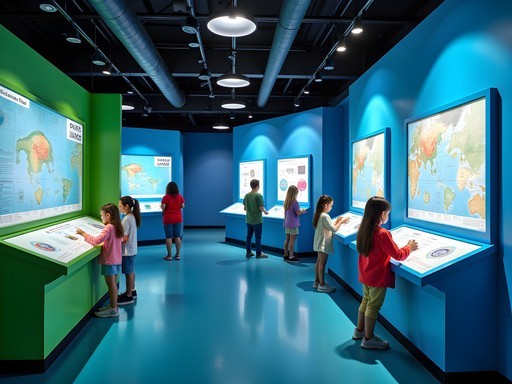













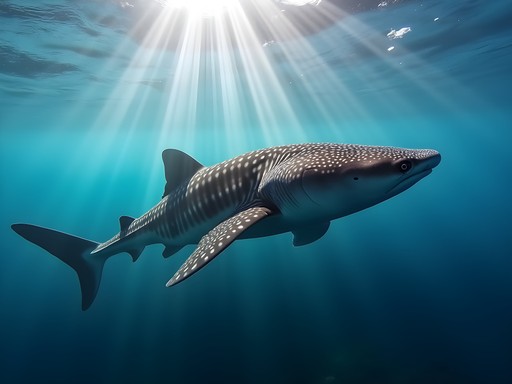
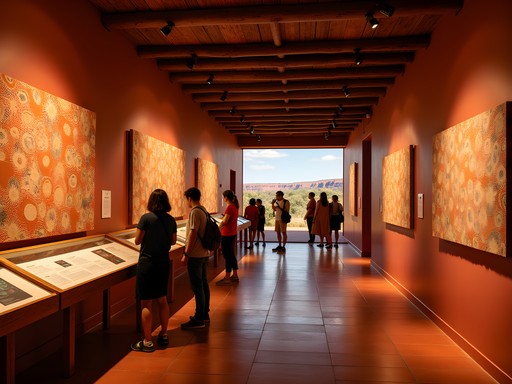
Comments
moonfan
Just booked my trip following this exact route for next month!!! So excited to see Colonial Williamsburg! 😍
cityace
You'll love it! Don't miss the ghost tour in the evening - seriously spooky and fun.
Megan Martin
Excellent itinerary, Gregory. Having traveled this route multiple times for business, I'd add a few practical tips: The I-85 corridor between Charlotte and Raleigh can get congested during rush hours, so plan accordingly. For business travelers with limited time, the Historic Triangle (Williamsburg/Jamestown/Yorktown) offers executive tours that cover highlights in a single day. I always recommend my clients stay at the Williamsburg Lodge for its central location and business amenities. For navigation, I've found GPS app particularly useful for this route as it marks historical points of interest that might otherwise be missed. Virginia Beach in shoulder season (September-October) offers better hotel rates while still enjoying pleasant weather.
journeyperson
How many days would you recommend for the whole trip? Is a week enough or should I plan for longer?
Megan Martin
A week is doable but tight. I'd recommend 8-10 days if you want to fully experience each stop without rushing. Colonial Williamsburg alone deserves a full day.
cityace
Agree with Megan. We did it in 6 days and felt rushed.
Frank Garcia
Great breakdown of the historic sites, Gregory! As a backpacker who did this route on a budget last year, I'd add that there are some decent hostels in Raleigh and Virginia Beach for those traveling cheap. The historic triangle (Williamsburg/Jamestown/Yorktown) can get pricey with all the entrance fees, but the multi-site passes are worth it if you're visiting all three. Also found some amazing local seafood spots in Virginia Beach that won't break the bank - happy to share recommendations if anyone's interested!
journeyperson
I'd love to hear your seafood recommendations for Virginia Beach! Planning to go in September.
Frank Garcia
Definitely check out Chick's Oyster Bar - great views and fresh seafood. For something more casual, Margie & Ray's is a local favorite with amazing crab cakes. Both are a bit off the main tourist drag but worth the trip!
islandfan
Love this itinerary! We did a similar trip last fall but added a detour to the Outer Banks before heading to Virginia Beach. The lighthouse at Cape Hatteras was incredible! Totally worth the extra driving time if you can spare an extra day or two.
Frank Garcia
The Outer Banks detour is brilliant! I'd recommend it too, especially for the Wright Brothers Memorial at Kill Devil Hills if you're into aviation history.
islandfan
Yes! We visited the Wright Brothers Memorial too - fascinating place!
cityace
Nice route! Did this drive last summer and Colonial Williamsburg was definitely the highlight.
Nicole Russell
Gregory, this brought back so many memories! I did almost this exact route last summer but in reverse (started at Virginia Beach). One tip I'd add - in Raleigh, the North Carolina Museum of Natural Sciences is INCREDIBLE and totally free. I'd also recommend stopping at the Great Dismal Swamp if you have time between Williamsburg and Virginia Beach - it's such an unexpected ecosystem with amazing wildlife spotting opportunities. For accommodations, we found the cutest B&B in Williamsburg called the Cedars, just a 10-minute walk from the historic district. Their breakfast alone was worth the stay! Looking forward to more of your East Coast itineraries!
hikingadventurer5686
Thanks for the B&B recommendation! Just booked it for our trip!
Nicole Russell
You're going to love it! Ask for a room on the second floor - the views of the garden are gorgeous.
hikingadventurer5686
Planning to do this trip in May with my family (two kids, 8 and 10). Is it doable in 5 days or should we extend to a full week? Also wondering if Colonial Williamsburg would be too boring for the kids?
Nicole Russell
I'd definitely recommend a full week! Colonial Williamsburg is surprisingly kid-friendly - they have special programs where kids can dress up and participate in colonial activities. My nephew loved the military drills and candlemaking demonstrations. Make sure to get the junior explorer kit - it keeps them engaged with a scavenger hunt throughout the historic area!
nomaddiver
My kids were 9 and 11 when we went and they LOVED Williamsburg! The actors stay in character and involve the kids in little scenarios. Definitely not boring!
hikingadventurer5686
Thanks so much! Will plan for the full week then!
nomaddiver
Just did this exact route last month! Your itinerary is spot on, Gregory. We spent an extra day in Williamsburg though because the kids were obsessed with all the historical reenactments. If anyone's planning this trip, don't miss Pierce's Pitt Bar-B-Que near Williamsburg - absolute hidden gem we stumbled upon. Also, the sunset at Virginia Beach boardwalk was probably the highlight of our whole trip!
Nicole Russell
Pierce's is amazing! Did you try their pulled pork sandwich? I'm still dreaming about it!
nomaddiver
YES! That sauce is something else. We bought two bottles to bring home!
islandwalker9979
How's the public transportation in these cities? Considering doing this without renting a car.
startime
Did it by train/bus last year. Doable but you miss some spots between cities. Amtrak connects most major points though!
Gregory Crawford
Public transit works for city-to-city, but you'll want local transportation for the Historic Triangle. Many hotels offer shuttles, or you could use ride-sharing services. Just requires more planning than having your own vehicle.
Venture X
Premium card with 2X miles, $300 travel credit, Priority Pass